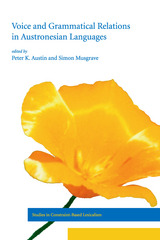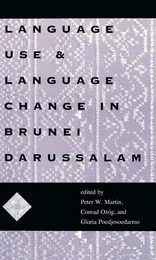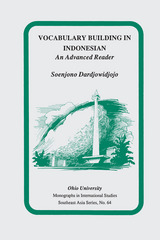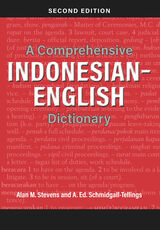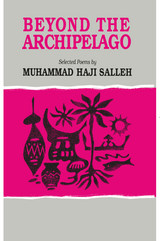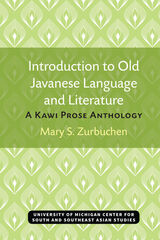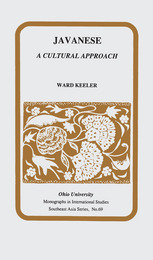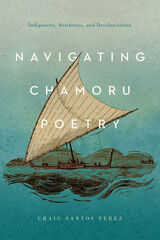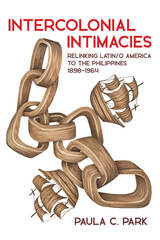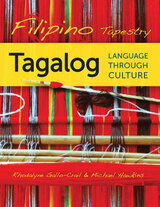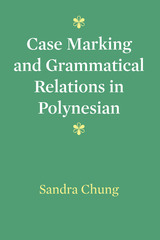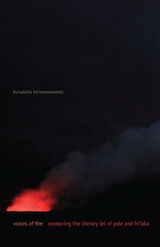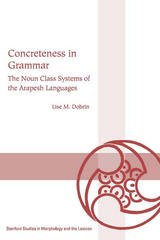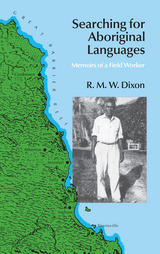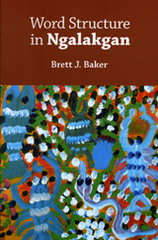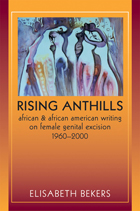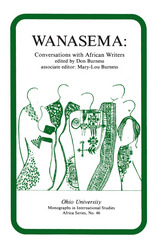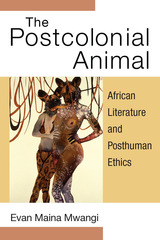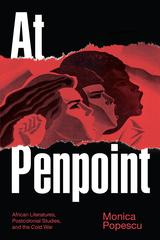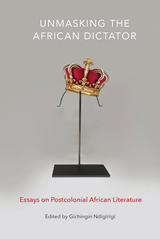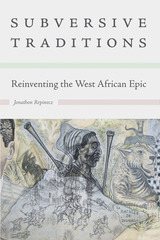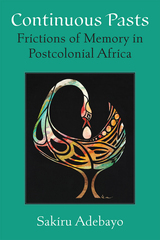A Grammar of Boumaa Fijian
University of Chicago Press, 1988
Cloth: 978-0-226-15428-2 | Paper: 978-0-226-15429-9
Library of Congress Classification PL6235.95.M34D59 1988
Dewey Decimal Classification 499.5
Cloth: 978-0-226-15428-2 | Paper: 978-0-226-15429-9
Library of Congress Classification PL6235.95.M34D59 1988
Dewey Decimal Classification 499.5
ABOUT THIS BOOK | TOC
ABOUT THIS BOOK
The people who live in the Boumaa region of the Fijian island of Taveuni speak a dialect of Fijian that is mutually intelligible with Standard Fijian, the two differing as much perhaps as do the American and British varieties of English. During 1985, R. M. W. Dixon—one of the most insightful of linguists engaged in descriptive studies today—lived in the village of Waitabu and studied the language spoken there. He found in Boumaa Fijian a wealth of striking features unknown in commonly studied languages and on the basis of his fieldwork prepared this grammar.
Fijian is an agglutinating language, one in which words are formed by the profligate combining of morphemes. There are no case inflections, and tense and aspect as shown by independent clitics or words within a predicate complex. Most verbs come in both transitive and intransitive forms, and nouns can be build up regularly from verbal parts and verbs from nouns. The language is also marked by a highly developed pronoun system and by a vocabulary rich in areas of social significance.
In the opening chapters, Dixon describes the Islands' political, social, and linguistic organization, outlines the main points of Fijian phonology, and presents an overview of the grammar. In succeeding chapters, he examines a number of grammatical topics in greater detail, including clause and phrase structure, verbal syntax, deictics, and anaphora. The volume also includes a full vocabulary of all forms treated in discussion and three of the fifteen texts recorded from monolingual village elders on which the grammar is based.
Fijian is an agglutinating language, one in which words are formed by the profligate combining of morphemes. There are no case inflections, and tense and aspect as shown by independent clitics or words within a predicate complex. Most verbs come in both transitive and intransitive forms, and nouns can be build up regularly from verbal parts and verbs from nouns. The language is also marked by a highly developed pronoun system and by a vocabulary rich in areas of social significance.
In the opening chapters, Dixon describes the Islands' political, social, and linguistic organization, outlines the main points of Fijian phonology, and presents an overview of the grammar. In succeeding chapters, he examines a number of grammatical topics in greater detail, including clause and phrase structure, verbal syntax, deictics, and anaphora. The volume also includes a full vocabulary of all forms treated in discussion and three of the fifteen texts recorded from monolingual village elders on which the grammar is based.
See other books on: Dixon, R. M. W. | Fiji | Foreign Language Study | Grammar | Miscellaneous
See other titles from University of Chicago Press

